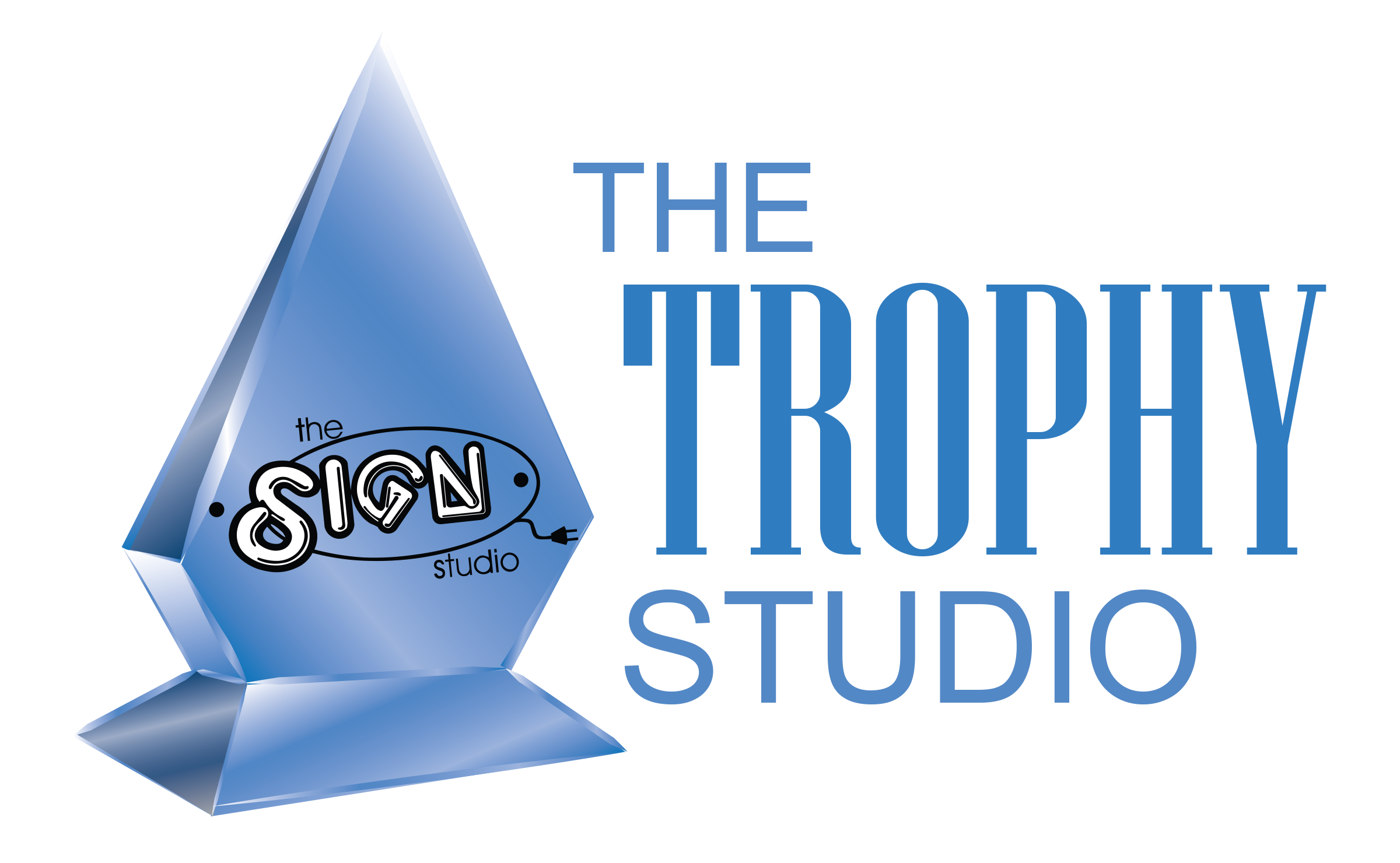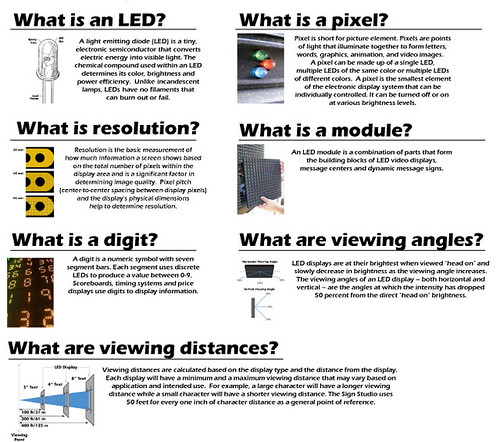The Electronic Message Center Market
EMC Summary
• The term “electronic message center” (EMC) encompasses vast differences in scale and sophistication.
• Products may be designed for interior or exterior applications and may range from one-line monochrome text and time & temperature units to full-color billboards and video walls.
• EMC screens are configured in a matrix of individually addressable light source “pixels”. The closer the “pitch” (distance between pixels) the higher resolution the screen is capable of.
• The most common light source for EMC pixels are LEDs. Common monochrome colors are red, amber and green; full color pixels are made up of red, green and blue (RGB) LED clusters.
• Messages and images are usually controlled through manufacturer’s proprietary software, which may be connected to a network that controls multiple units.
• Access to the EMC market requires investments in technical training, equipment and licensing.
• License requirements differ in all cities, but most locations require a permit.
• An electrician’s license is necessary to connect to primary power.
• Installations are subject to inspection by the authority having jurisdiction.
• EMC installation involves building a robust support structure.
• EMCs are regulated through local sign codes and city ordinances and range from outright bans in some locations to various restrictions on size, brightness and change frequency.
• EMC variables: color, resolution, viewing distances, viewing angles, all of which affect readability.
• The EMC Supply Chain
• Most manufacturers sell directly to sign companies or end users.
• Products are not generally available through distributors.
• EMC Manufacturer Resources
• Product information
• Installation guidance
• Sales leads
• Technical training
• End-user support
• Leading EMC Manufacturers in the US (2010)
• Adaptive Micro Systems
• Daktronics
• Grandwell Industries
• HiTech LED Display
• Mitsubishi
• Optec
• Salescaster
• Sony
• Trans-Lux
• Wagner ZipVision
• Watchfire (by Time-O-Matic)
• YESCO (Young Electric Sign Co.)
The Sign Studio is a proud Partner with the above listed Manufacturers and hope this information will be helpful to you. If you have any further questions or would like to see a Demo of an Electronic Message Center, please give us a call at (818) 843-9200 or send us an e-mail at thesignstudio@sbcglobal.net





